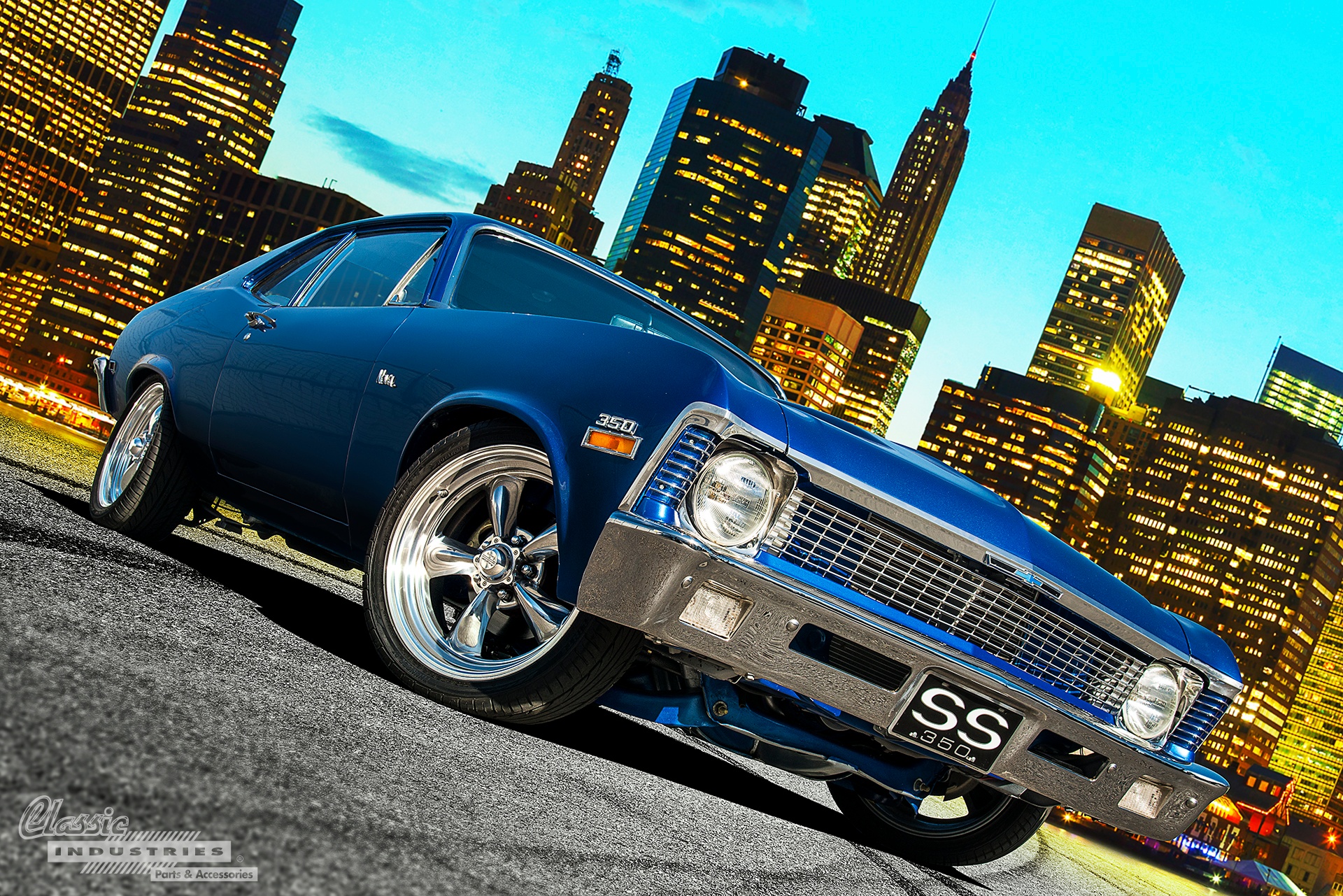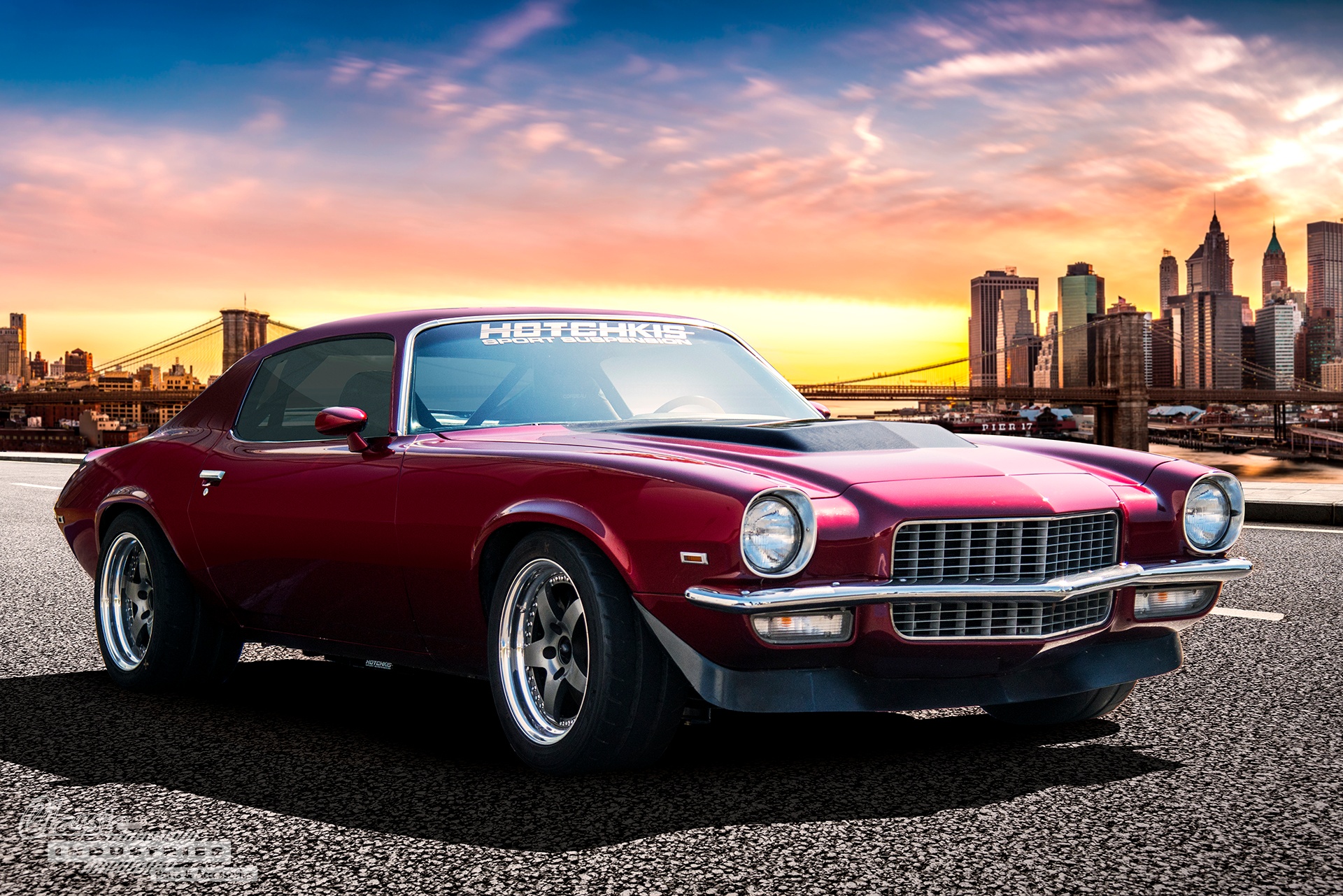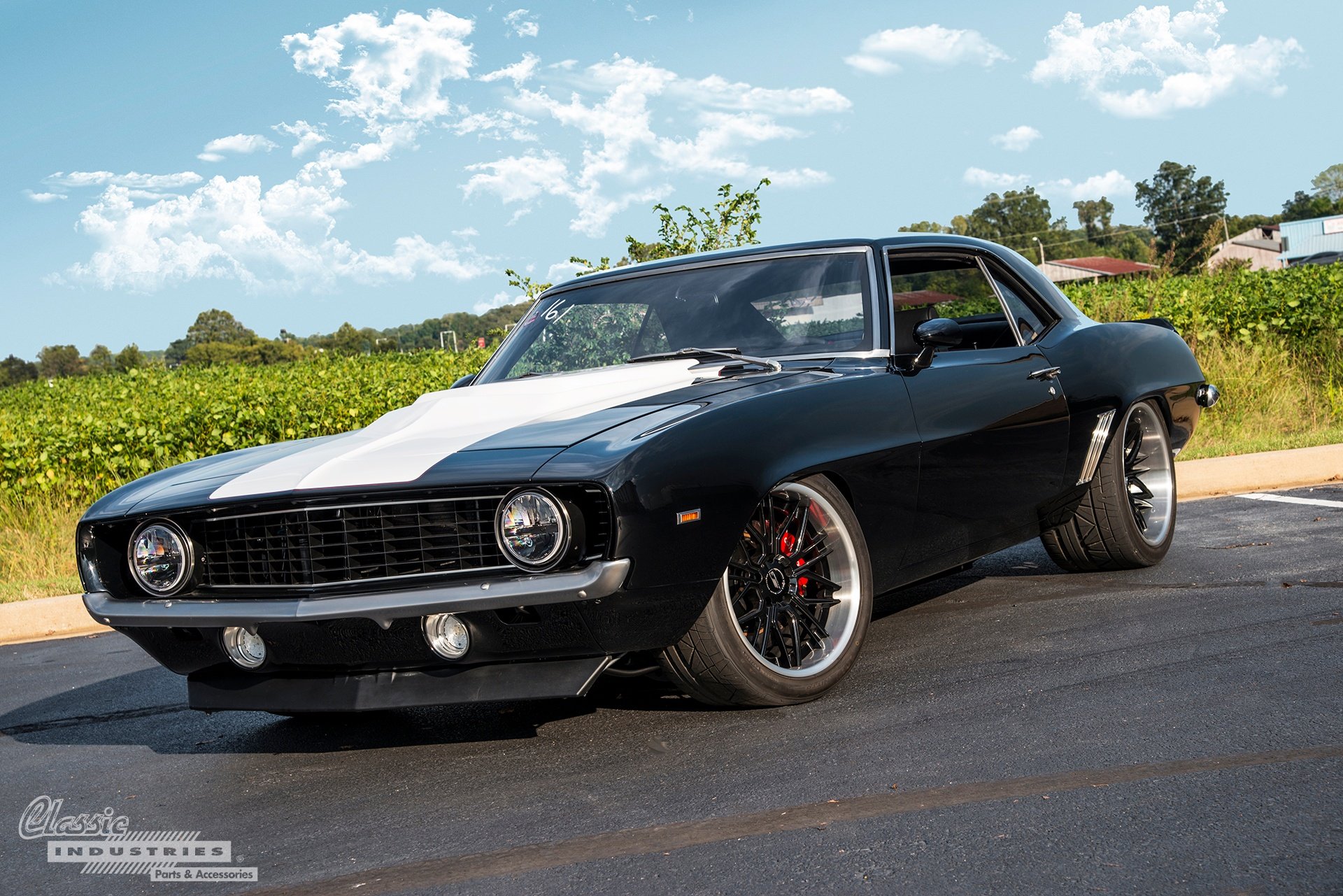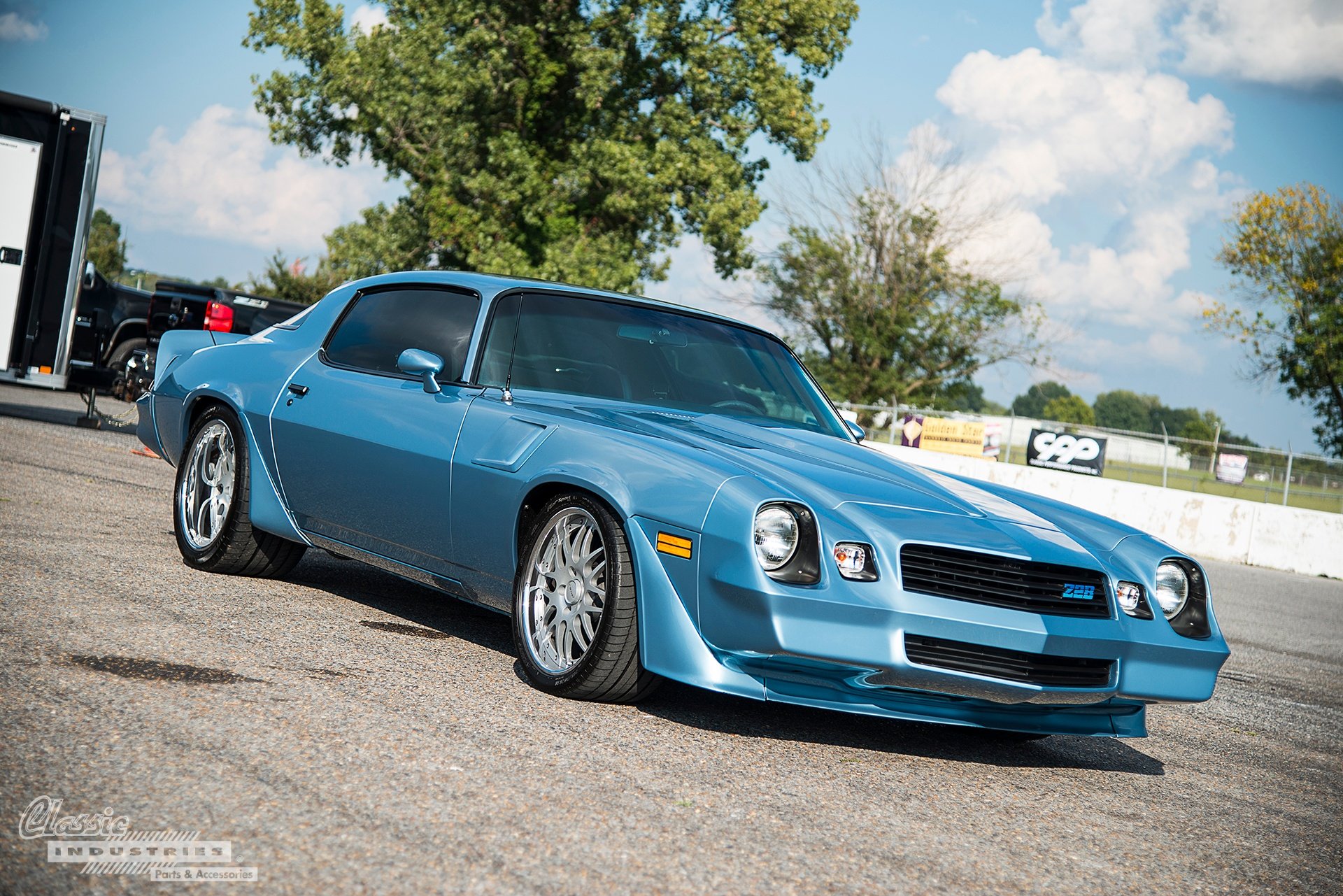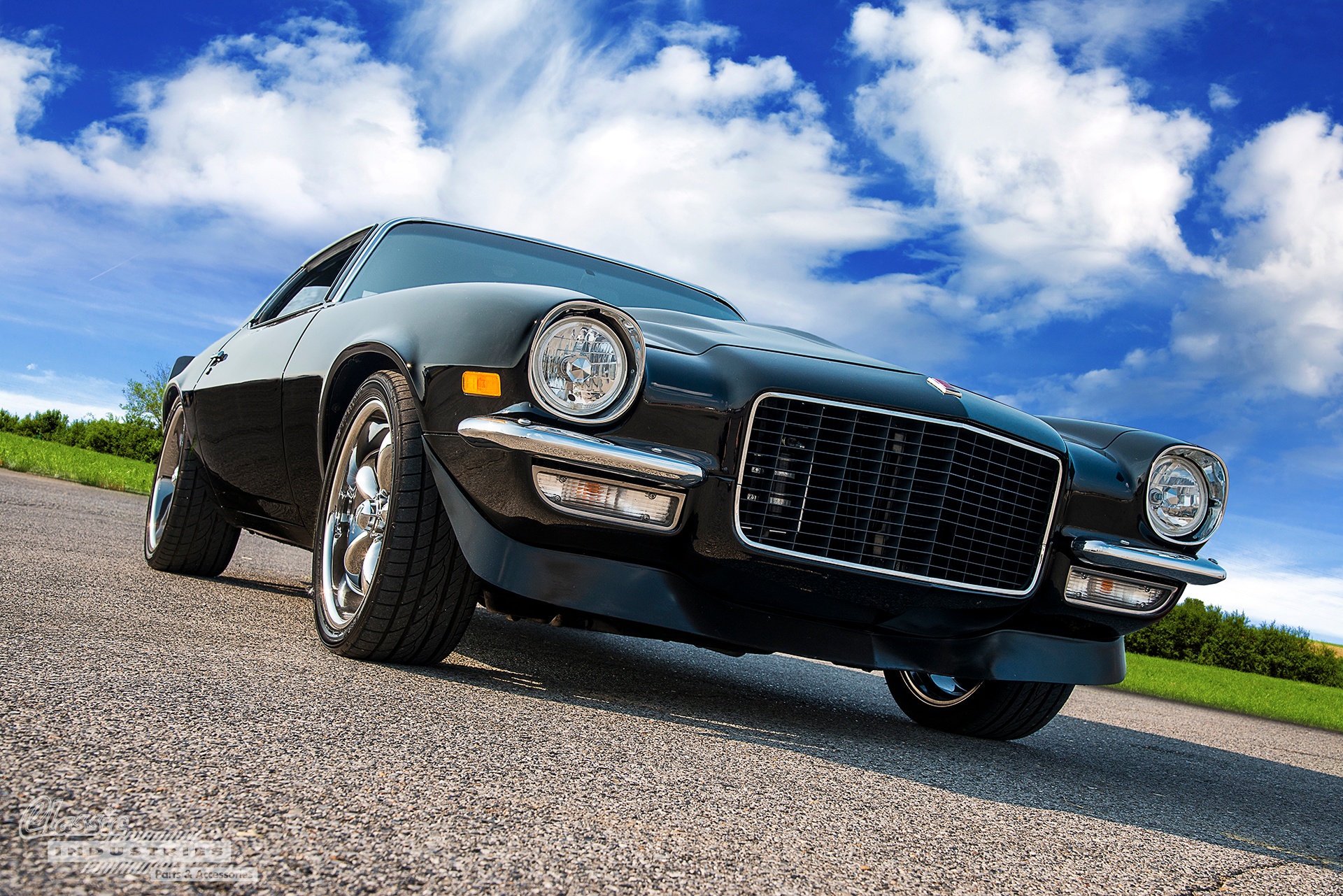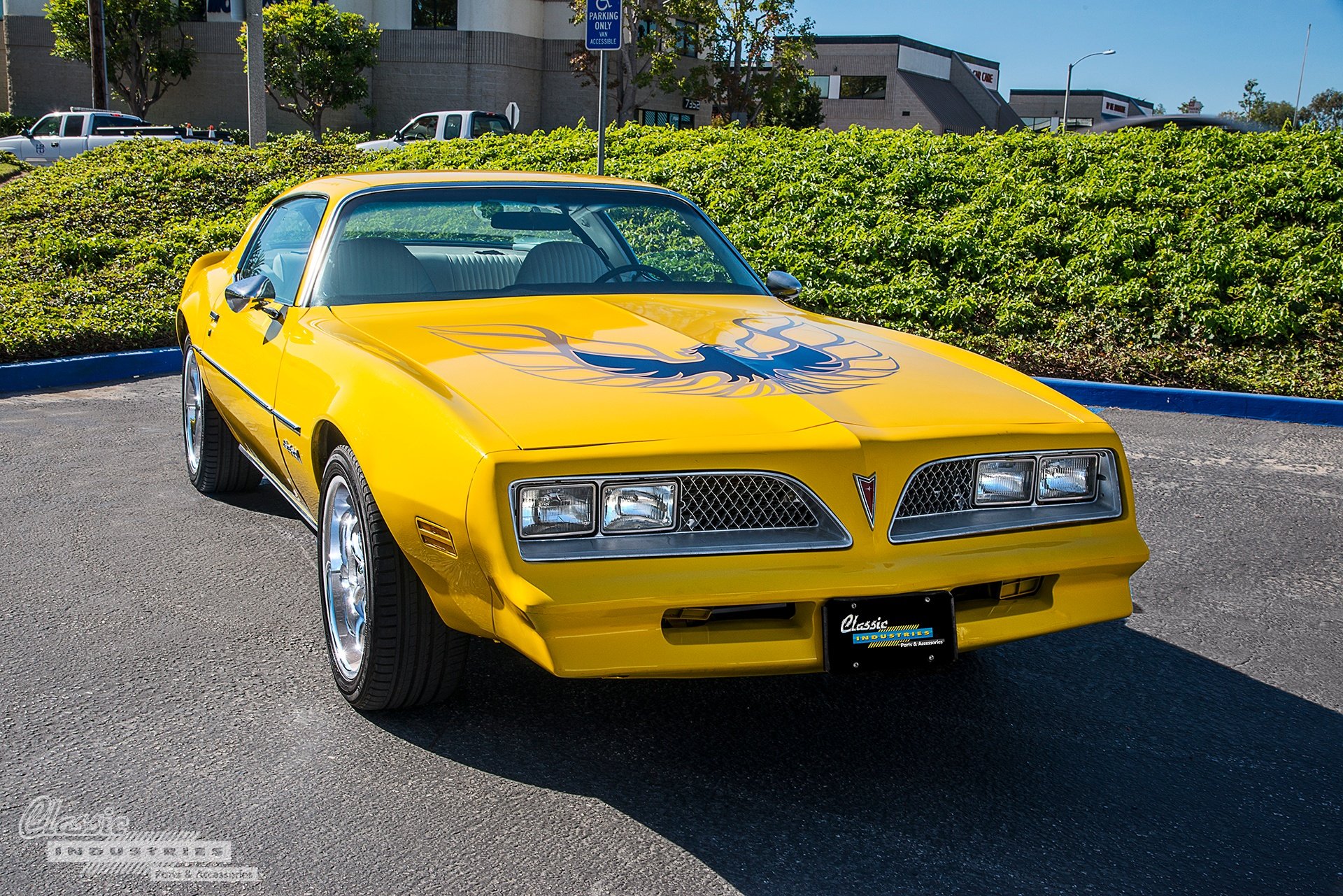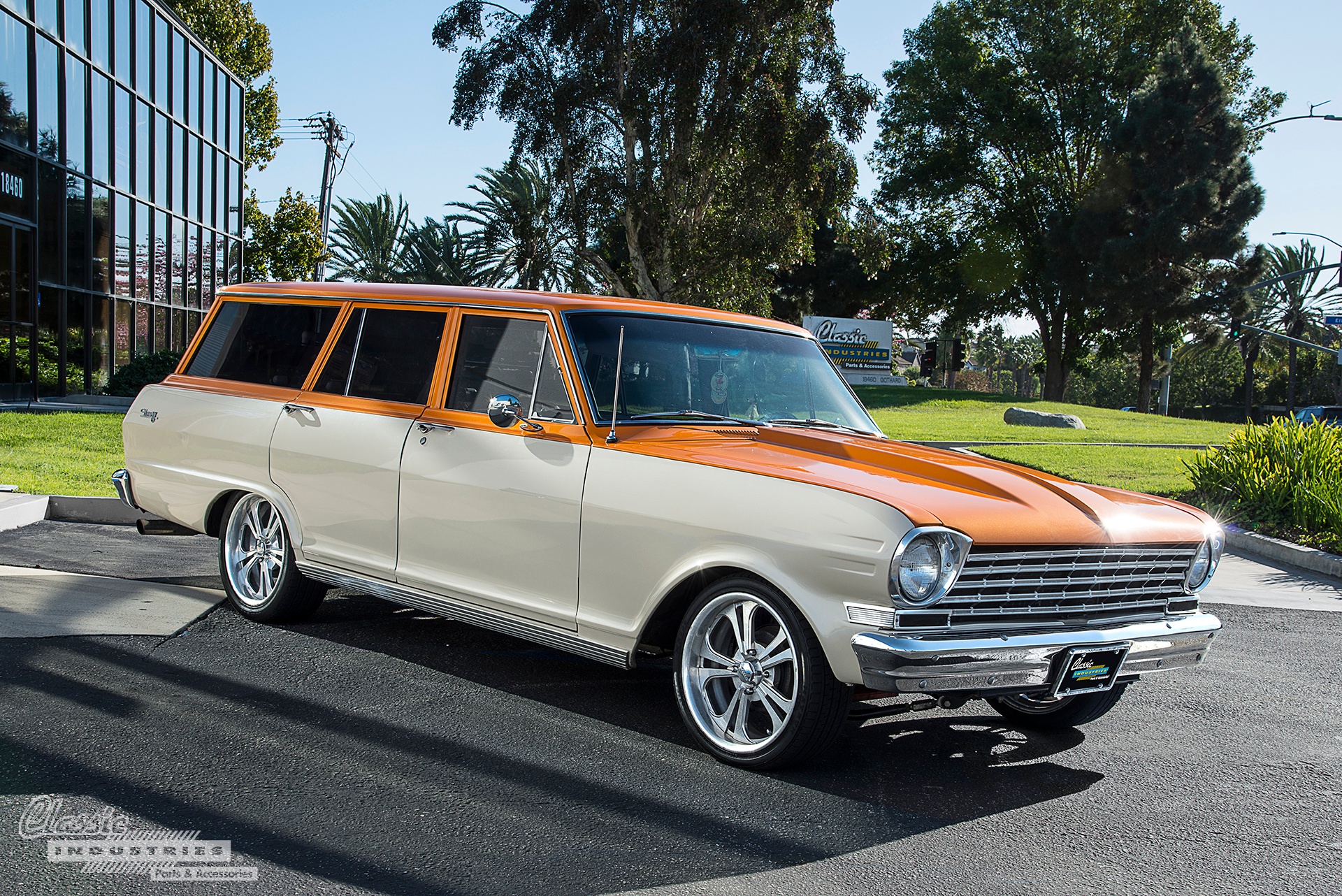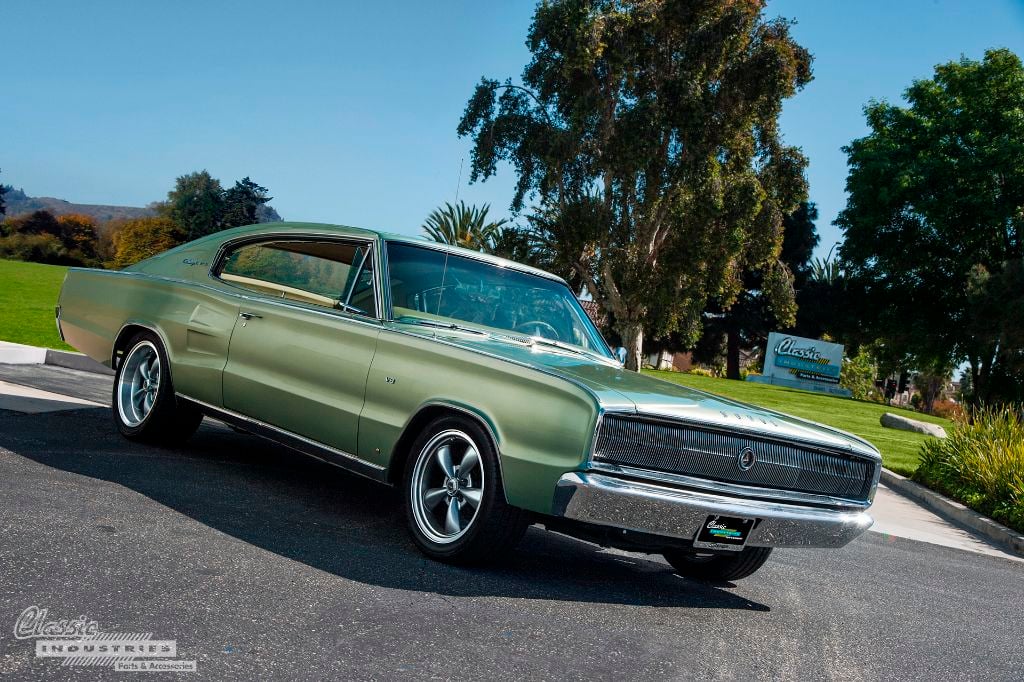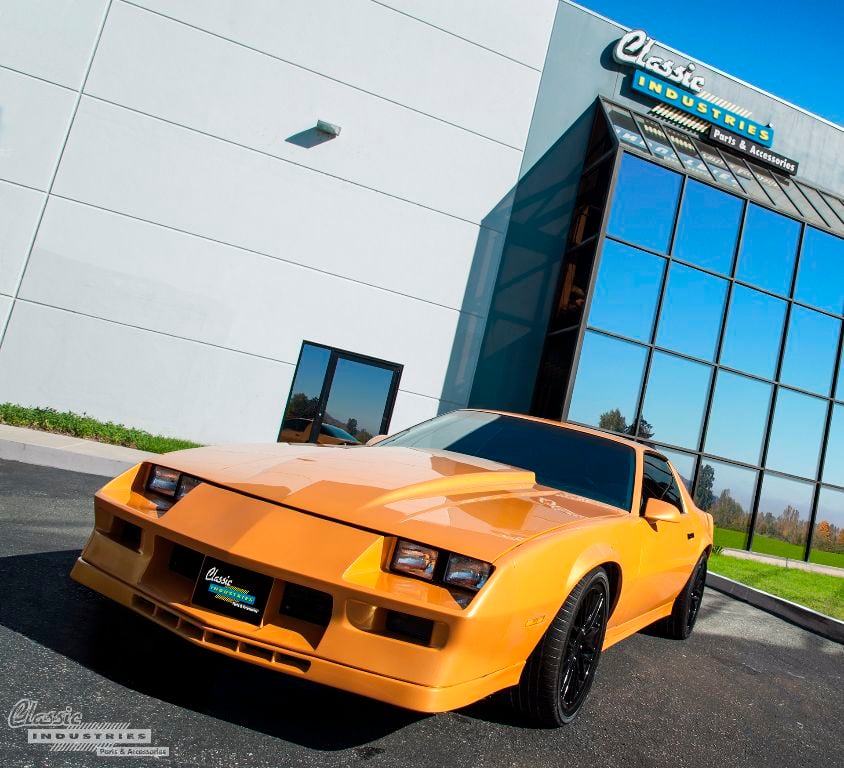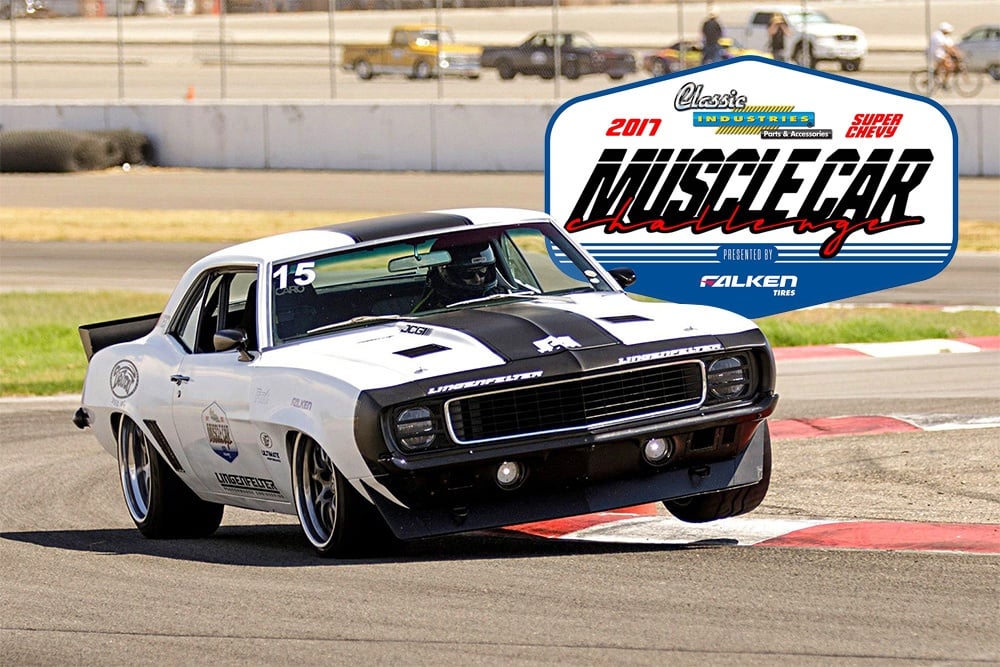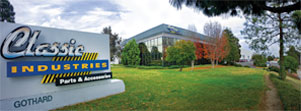The third-generation 1968-74 Chevy Nova is an extremely versatile platform. Many of these Nova models, especially the inline-6 cars and four-door sedans, were used as utilitarian family vehicles. However, the '68-74 Nova also became popular among drag racers and hot-rodders due to the potential of its small-block V8, and this potential remains to this day.



